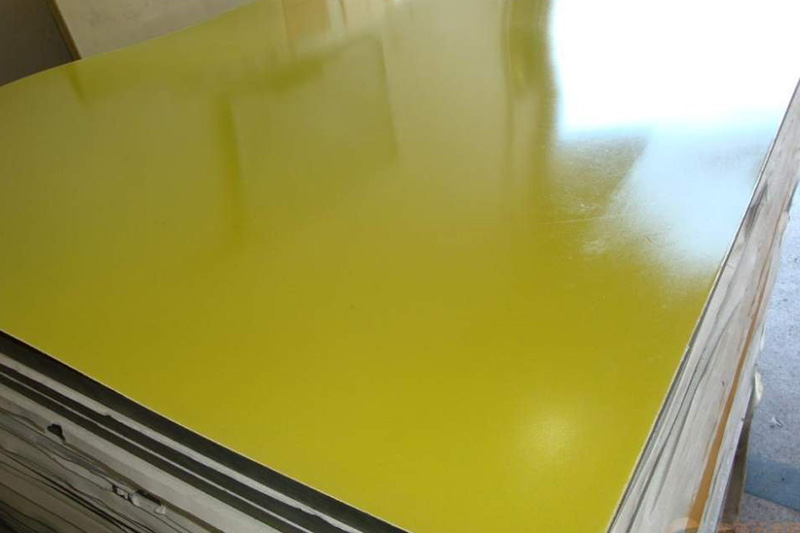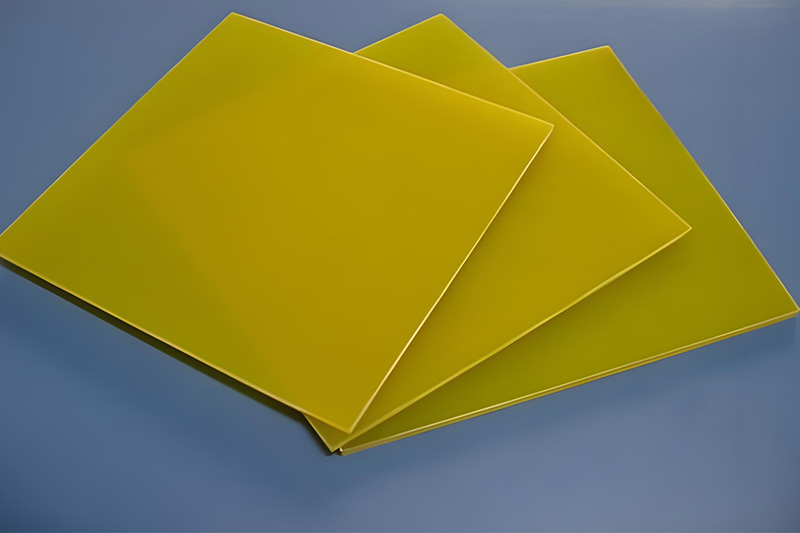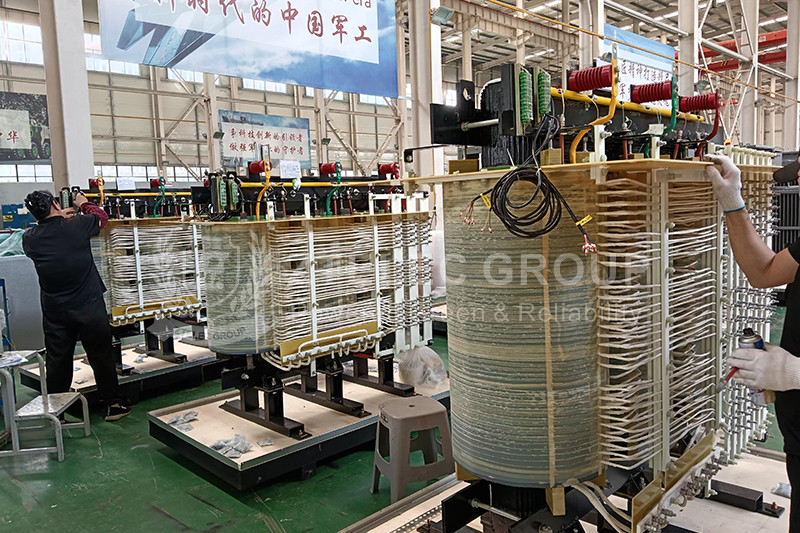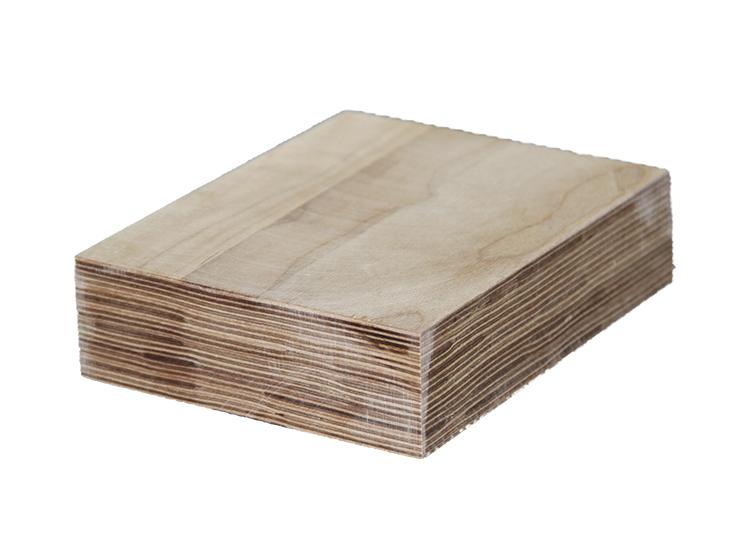Why FR5 Epoxy Board Outperforms FR4 in High-Temperature Applications
In the field of electronic materials, both FR5 and FR4 epoxy boards are commonly used as base materials for circuit boards. However, FR5 epoxy boards are typically more expensive than FR4, largely due to their superior performance in high-temperature applications. This article explores the reasons behind FR5’s higher price and its advantages in demanding thermal environments by examining material properties, production processes, and application scenarios.
Exceptional High-Temperature Resistance of FR5
1. Thermal Properties of FR4 Epoxy Board
FR4 epoxy boards are composed primarily of brominated epoxy resin and glass fiber, with a typical glass transition temperature (Tg) ranging from 130°C to 150°C. However, their recommended long-term operating temperature is usually no higher than 105°C. In high-temperature conditions, FR4 boards are prone to delamination and a significant drop in mechanical performance, limiting their use in elevated-temperature environments.
2. Thermal Resistance of FR5 Epoxy Board
FR5 epoxy boards utilize high-Tg or modified epoxy resin systems, such as phenolic epoxy. These materials allow FR5 boards to sustain long-term operating temperatures above 150°C. Even under high thermal stress, FR5 maintains stable electrical insulation and mechanical integrity, making it highly reliable in heat-intensive applications.
3. The Value Advantage
Thanks to its high Tg and thermal stability, FR5 epoxy board is an ideal choice for harsh environments such as automotive engine compartments, aerospace systems, and high-frequency, high-temperature electronic equipment. Its use significantly reduces the risk of thermal failure and ensures stable device performance in elevated-temperature settings. This is the core value that justifies its higher cost in comparison to FR4.

Upgraded FR5 Material Formulation
1. Optimization of the Resin System
FR5 epoxy boards utilize more advanced resin systems, such as halogen-free and high cross-link density resins. Some variants even include heat-resistant fillers like ceramic powder. The use of these high-performance materials significantly increases the cost compared to FR4 epoxy boards, which typically use standard epoxy resins.
2. Enhanced Reinforcement Materials
For reinforcement, FR5 epoxy boards may incorporate high-silica-content premium fiberglass cloth or even specialized fibers such as polyimide fiber. These materials further enhance the board’s mechanical strength under high-temperature conditions, while also contributing to higher manufacturing costs.
Complex Manufacturing Process of FR5
1. Specialized Curing Process
The production of FR5 epoxy boards requires higher curing temperatures and longer curing times, often involving multi-stage temperature ramp-up curing techniques. This process increases energy consumption and extends the production cycle, directly raising overall manufacturing costs.
2. Strict Quality Control
Due to the higher sensitivity of high-temperature materials to impurities and process variations, FR5 epoxy boards require much stricter quality control during production. This includes uniformity testing, thermal stress testing, and more. Although these rigorous quality control measures ensure product reliability, they may also result in a lower yield rate compared to FR4 boards, further driving up the production cost.

Added Value of FR5 Epoxy Board in Application Scenarios
1. High Reliability Requirements
In high-temperature applications such as electric vehicle battery management systems and industrial motor control, there are extremely strict requirements for equipment reliability. Thanks to its long-term thermal and mechanical stability, FR5 epoxy board significantly reduces maintenance and replacement costs—ultimately saving users a considerable amount of money over the product's lifecycle.
2. Regulatory Compliance Advantages
In certain high-temperature applications, products must comply with certifications such as UL (e.g., UL 94 V-0 flammability rating) or RoHS (halogen-free) standards. The formulation of FR5 epoxy boards is better suited to meeting these stringent regulatory requirements, giving it a clear advantage in terms of compliance.
Balancing Price and Value of FR5
1. Price Differences
Generally, FR5 epoxy boards are 20% to 50% more expensive than FR4 boards. However, when evaluated from the perspective of longer service life and improved system reliability in high-temperature environments, the total cost of ownership for FR5 can actually be lower.
2. Selection Recommendations
For applications where the operating temperature stays below 100°C and mechanical strength requirements are not demanding, FR4 epoxy boards offer a better cost-performance ratio. In contrast, for environments with high temperatures and stringent reliability demands, the superior thermal properties of FR5 epoxy boards translate directly into product value—making them the more suitable choice.
The higher price of FR5 epoxy boards reflects their core value: high-temperature adaptability. Through upgraded material formulations and optimized manufacturing processes, FR5 effectively overcomes the limitations of FR4 in thermal-intensive applications. In scenarios requiring high temperature resistance and reliability, the long-term performance stability of FR5 far outweighs its initial cost difference compared to FR4.
- more+releated article
- 2025-10-21Application of K Factor Transformer
- 2025-10-21Detailed explanation about transformer model w
- 2025-10-2010kV Oil-Immersed Transformer Safety: Lightnin
- 2025-10-20What are The Advantages of Phenolic Cotton Clo
- 2025-10-17Are Three-Phase Isolation Dry-Type Transformer
- 2025-10-17G10 Epoxy Sheet: Choosing the Right Specificat
- 2025-10-1610kV Oil-Immersed Transformer Operation Inspec
- 2025-10-163240-B Epoxy Phenolic Glass Fiber Cloth Lamina
- 2025-10-15G10 Epoxy Sheet: The Preferred Insulation Mate
- 2025-10-15Analysis of Energy-Saving and Noise Control Te





